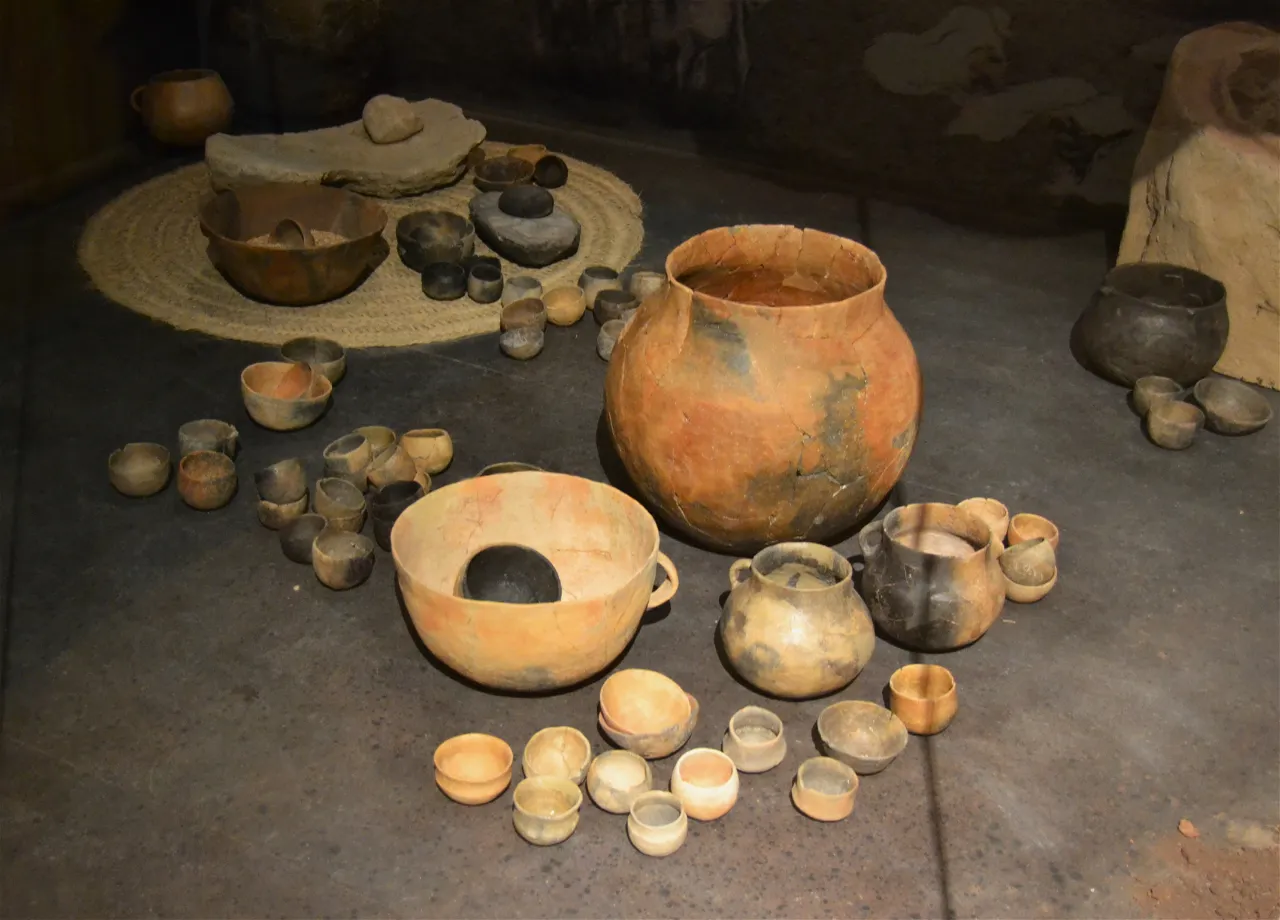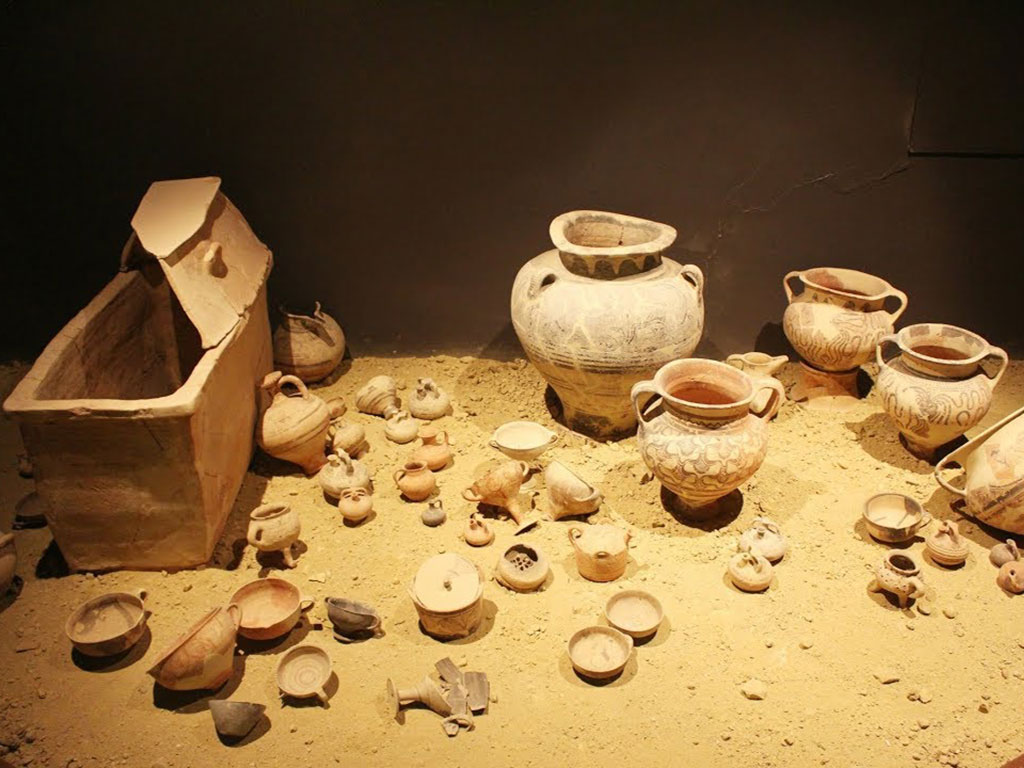Explore Amish Artifacts and Traditions in Local Museums
Amish communities have preserved a unique way of life for centuries, emphasizing faith, family, and simplicity. Local museums across the United States offer a window into this heritage through artifacts, exhibits, and interactive displays. Visitors can explore handcrafted furniture, quilts, tools, and household items while learning about the customs, values, and daily routines that define Amish culture. Experiencing these artifacts firsthand helps people understand a lifestyle rooted in tradition and resilience.
Behalt—Amish & Mennonite Heritage Center, Ohio
Located in Holmes County, Ohio, Behalt is one of the most comprehensive museums highlighting Amish and Mennonite history. Its centerpiece is a 265-foot cyclorama mural, depicting Anabaptist history from Europe to America.
In addition to the mural, Behalt displays artifacts such as traditional farming equipment, clothing, and religious items. Guided tours provide context, explaining how each object reflects faith, community, and daily life. Visitors gain a deep appreciation for how traditions have endured over generations.
Mennonite Life Visitors Center, Pennsylvania
The Mennonite Life Visitors Center in Lancaster County, Pennsylvania, allows visitors to explore Amish and Mennonite culture through authentic artifacts. Exhibits include historical quilts, handcrafted furniture, and school materials from one-room Amish schoolhouses.
The center also screens the short film “We Believe,” offering insight into Amish religious principles and values. Guided tours take visitors through surrounding farms, demonstrating how these traditions influence agriculture, craftsmanship, and family life.
The Amish Farm and House, Lancaster, Pennsylvania
The Amish Farm and House combines museum exhibits with a living farm, showcasing how Amish communities maintain traditional practices. Visitors can tour a restored farmhouse, explore barns, and observe animals that play an essential role in Amish farming.
Artifacts include period clothing, cooking utensils, and hand-carved furniture. Interactive workshops allow visitors to participate in quilting or woodworking demonstrations, providing a hands-on understanding of Amish craftsmanship.
The Amish Village, Pennsylvania
The Amish Village offers an immersive experience with 12 acres of historical buildings, including a farmhouse, blacksmith shop, schoolhouse, and market shop. Visitors can see traditional tools, furniture, and household items used daily by Amish families.
Guided tours, including the “Backroads Bus Tour,” provide a view of nearby Amish farms and rural life. The museum emphasizes how faith, work, and community are interconnected, using artifacts to illustrate the practical and spiritual aspects of Amish traditions.
Shipshewana, Indiana – Amish Exhibits and Markets
While not a single museum, Shipshewana, Indiana, offers multiple exhibits and cultural centers that highlight Amish life. Visitors can see handcrafted furniture, quilts, and other artisanal products in local markets and artisan workshops.
Guided farm tours reveal traditional farming techniques, horse-drawn buggies, and other cultural practices. These experiences demonstrate how artifacts are more than objects — they represent the values, skills, and history of Amish communities.

Preserving Heritage Through Artifacts
Handcrafted Furniture and Quilts
Amish artifacts often reflect both utility and artistry. Furniture, for example, is meticulously crafted by hand using traditional techniques. Quilts feature distinctive patterns and vibrant colors, with each stitch telling a story of patience and community effort.
Tools and Farming Equipment
Farming tools, horse-drawn plows, and household utensils reveal the ingenuity of early Amish settlers. Museums display these artifacts to illustrate how Amish families relied on resourcefulness and collaboration to maintain self-sufficient communities.
Religious and Educational Items
Artifacts like hymnals, Bible copies, and school materials offer insight into the spiritual and educational practices of Amish communities. These objects show how faith and learning remain central to their daily lives.
Tips for Visiting Amish Museums
-
Follow community guidelines: Always ask before photographing and respect privacy rules.
-
Engage in tours: Guided tours provide context for artifacts, revealing stories and traditions behind each item.
-
Participate in workshops: Many museums allow visitors to try quilting, woodworking, or other crafts, offering a hands-on connection to Amish heritage.
-
Combine multiple sites: In Pennsylvania, Ohio, or Indiana, visiting several museums and cultural centers creates a comprehensive understanding of Amish life.
Conclusion
Exploring Amish artifacts in local museums offers a window into a culture that values simplicity, faith, and craftsmanship. From Behalt’s detailed murals to hands-on farm experiences in Lancaster and workshops in Shipshewana, these museums preserve and celebrate centuries of tradition.
Artifacts—whether quilts, furniture, or tools—tell stories of resilience, skill, and devotion. They allow visitors to understand not just what the Amish made but why these objects mattered in daily life. By preserving and interpreting these items, local museums ensure that Amish heritage remains alive, offering an enriching experience for anyone seeking to connect with a unique and enduring way of life.



